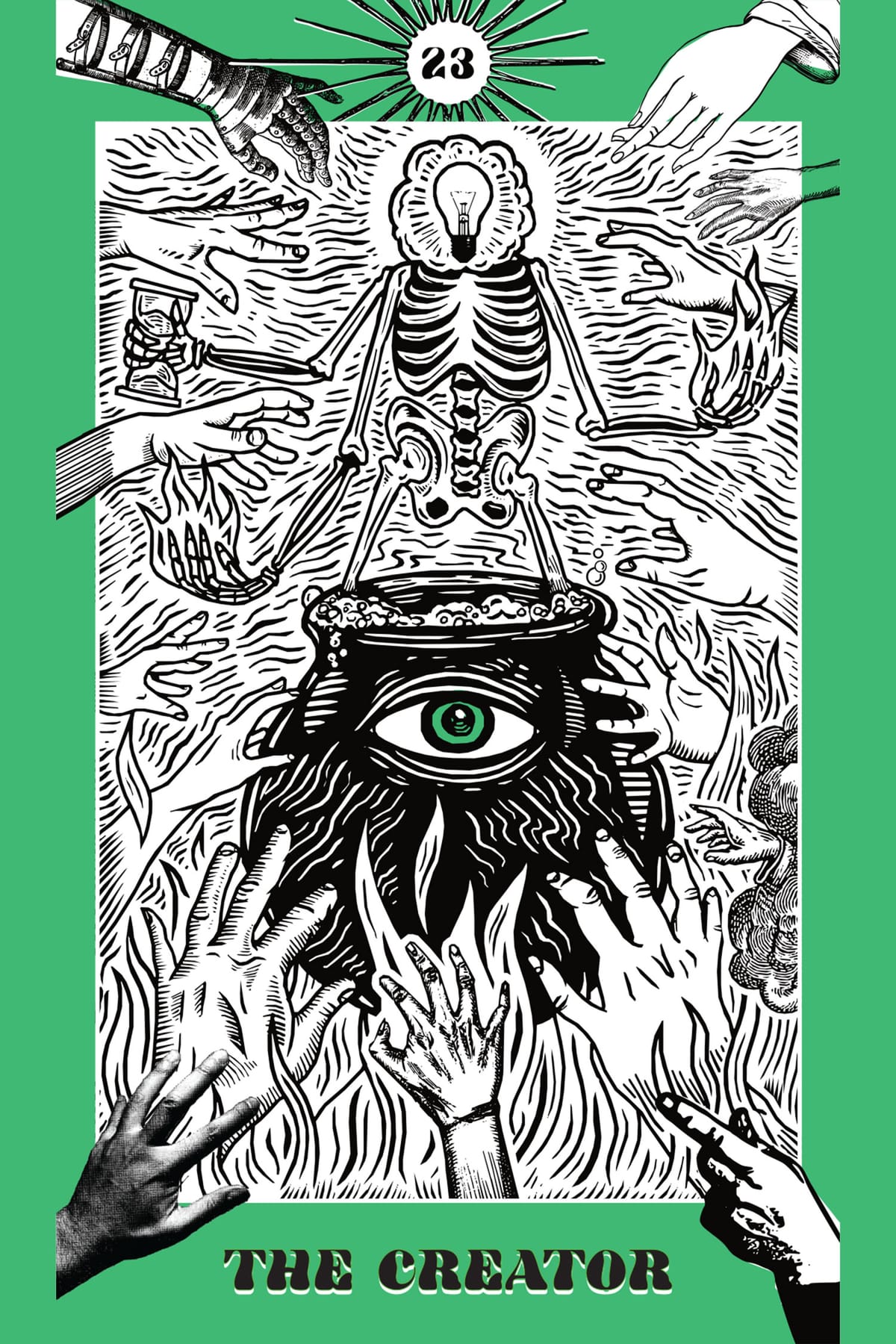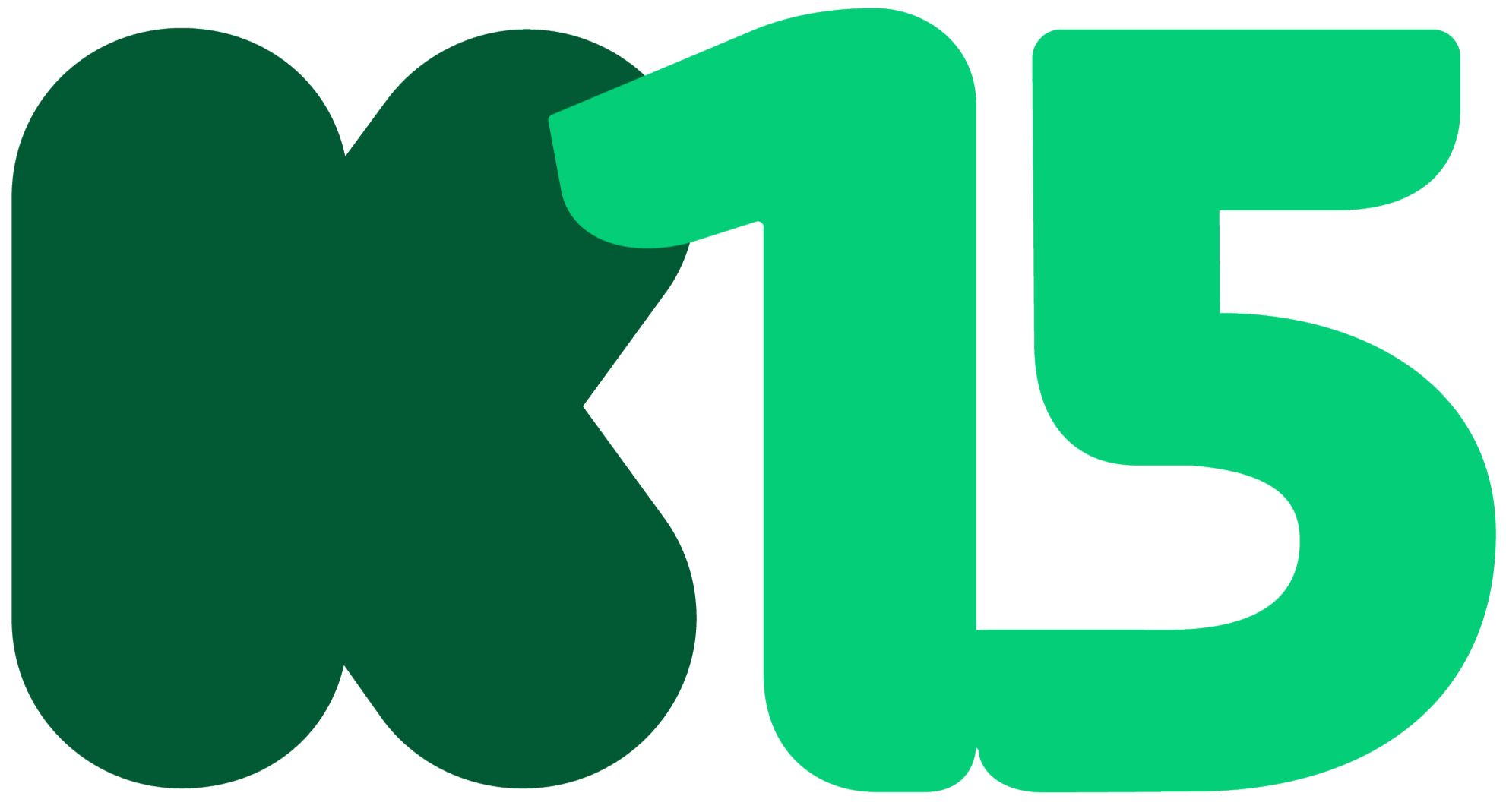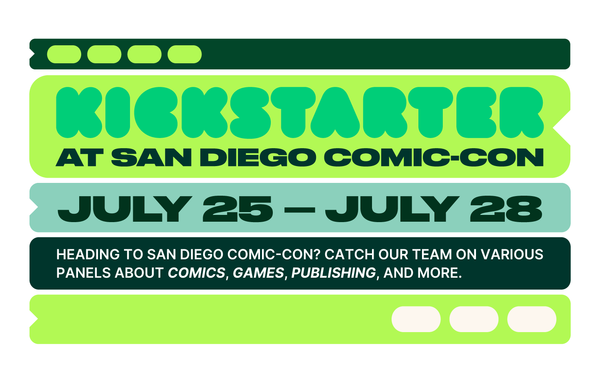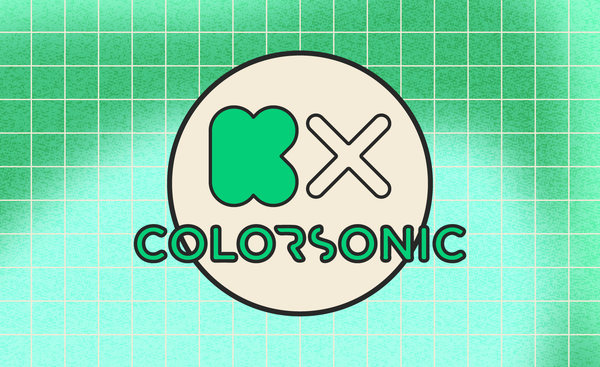How to Make Magic on Kickstarter: Plan Smart Stretch Goals, Set Realistic Timelines, and Embrace the Chaos
Arcane Bullshit's Evan D offers advice for running a magical Kickstarter campaign—during Witchstarter and beyond.

Throughout October, we're hosting Witchstarter, our first-ever open call for Magic & Divination projects. To celebrate, we'll be posting tips all month long from enchanting Kickstarter creators who have run successful projects themed around magic and the occult. While these tips offer helpful guidance for creators launching projects during Witchstarter, they're also full of good advice for all kinds of creators, no matter what kind of project you're making or when you're planning to launch it.
First up, Evan D of Arcane Bullshit (creator of Arcane Bullshit Tarot and Sun vs. Moon vs. Void) shares sage wisdom to keep in mind throughout the planning, live, and fulfillment phases of your project.
Be smart with your stretch goals
You don't have to do stretch goals, but I think they're great. If you're an artist/designer, think of some small/cheap items that can live on as merchandise beyond your campaign. I'm still selling almost all of the items I've designed as campaign stretch goals. Economies of scale are your friends here—you can do pretty massive orders of things like stickers, pins, patches, and posters for pretty cheap.
Pad your timeline
It's very tempting to promise that you'll be done with everything and ready to ship super quickly, but no matter how sure you feel, pad out your timeline. Nobody is going to look at it and say "wow those three extra months seem unnecessary." If they do, you can ignore them. It's easier to introduce the idea of a long wait up front than it is to keep changing your delivery date.
Things will change
Completing a campaign and fulfilling backer rewards can take years. In that time, people will change addresses, get divorced, and even die. Your printer will break his arm. There will be a global pandemic that disrupts the international supply chain. ALL OF THESE THINGS WILL HAPPEN. Or at least they can. Try and have a plan, and get ready to change it.
Updates are content
Once you're funded, think of yourself as a content creator. You don't need to get a ring light and glasses with no lenses or an empty white room with just a wall of succulents. "Content" is just a very upsetting way of saying "something that has value for your audience." When you write updates to your backers, give them value. I try to make mine entertaining. Maybe what makes yours valuable is behind-the-scenes access to your process or your personal thoughts. The key is: when your updates are good and backers feel like they know you, they will forgive you when you fuck up.
Be super honest, but not boring
Some campaign updates are boring because they include a lot of detail about what the creator is thinking and doing, but they don't answer the biggest questions backers might have—like "where is my stuff?" Try to always address the backers' perspective first. Don't just unload a massive list of everything that's going on in your life (unless it's funny).
It's a sprint-a-thon
People like to say "it's a marathon, not a sprint" when describing projects with long timelines. My Kickstarter campaigns have always required me to operate in two modes: long-term laid-back-don't-panic-planning mode, and short-term stressed-out-jittery-sleepless-violence mode. You need to ration your energy for the long haul, but you also need to be ready to push yourself to hit deadlines. It's a super chill marathon made up of tiny, angry sprints.
Self-fulfilling prophecy
YOU. DON'T. HAVE. TO. DO. FULFILLMENT. YOURSELF. You don't. I always have, and I've always regretted it. Next time I do a campaign, I'm going to build money into my funding goal so I can pay someone to do fulfillment. There are lots of people out there who want to do it for you. Doing it yourself is possible. It's cheap. It can even offer fleeting moments of something resembling fun. But it's not easy. There will be complications. And you're going to miss out on other things you'd rather be doing, like being a healthy, functioning human.
Does your plan scale?
What are you going to do if you get 2x or 3x more funding than you need? It's more stuff to produce and send out, and it's going to impact your timeline. When I'm planning campaigns in the future, I'm going to include a few alternate timelines. So, if I hit a certain number of backers/rewards, the schedule will expand accordingly. I know about this because I've fucked up before. Printing 100 shirts might take a month, but 1,000 will take a lot longer. And the more you're projecting into the future, the less you know for sure. Get actual numbers from your suppliers for a few different scenarios and be super transparent with your backers. Blaming shit on a global pandemic works, but it will only take you so far.
You can (and will) fuck up
For all of the reasons I've hit on in these other points, your campaign will not be perfect. It will be messy. If you're like me, it will be very messy. Embrace the mess. People love to watch you slop your gooey oozing mess all over the place (as long as you make an effort to clean it up afterwards). It humanizes you, since we're all just gloopy ooze-bags slopping messy glop all over the (also messy) universe. Stay accountable, own your mess, and you'll be fine. The magic of Kickstarter is that most folks know they're backing a human, not a perfect floating alien cube that grants wishes. Forgive yourself when things aren't perfect—your backers will, too.




